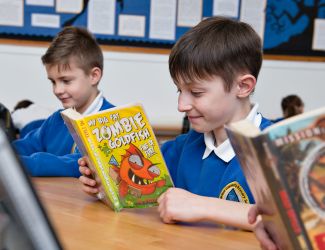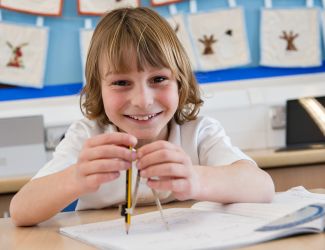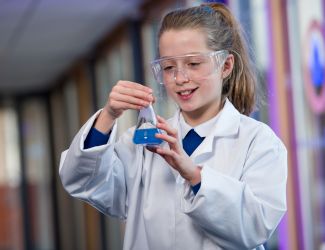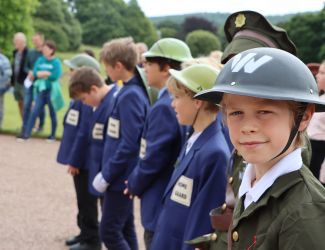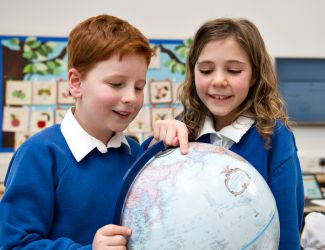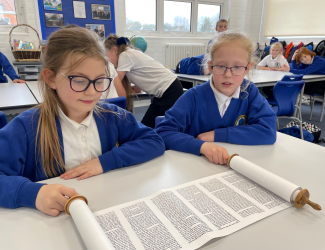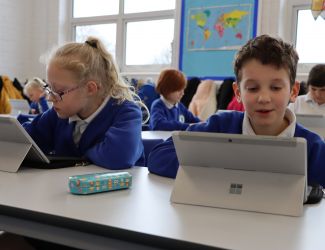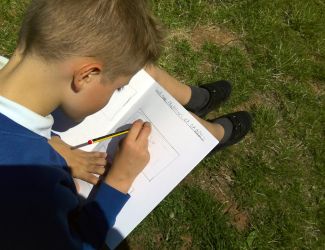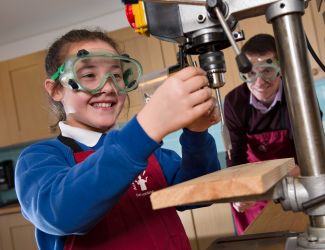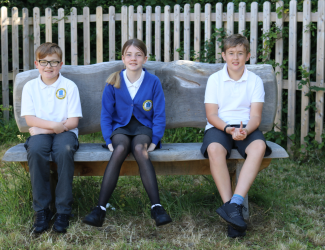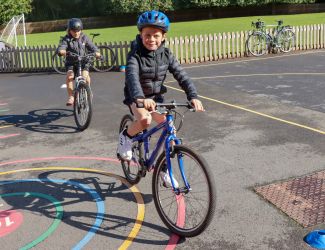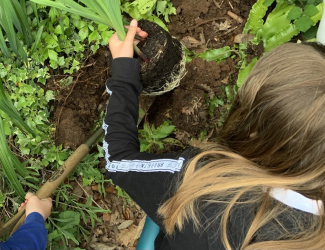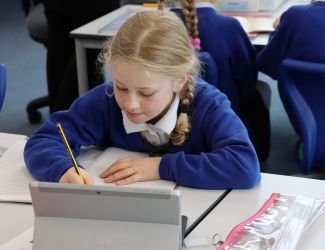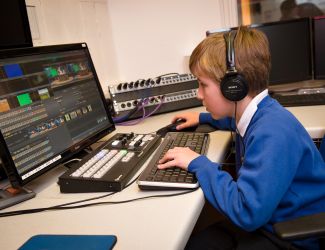Year 6 Science Curriculum
Whilst working, they will also use an abundance of resources to further cement their understanding of subjects. The use of videos, articles, images and practical experiments allow for all students to access the lesson successfully. Pupils will also use more advanced technology to develop their understanding.
Knowledge
Physics – Light and Electricity
- Recognise that light appears to travel in straight lines.
- Use the idea that light travels in straight lines to explain that objects are seen because they give out or reflect light into the eye.
- Explain that we see things because light travels from light sources to our eyes or from light sources to objects and then to our eyes.
- Use the idea that light travels in straight lines to explain why shadows have the same shape as the objects that cast them.
- Associate the brightness of a lamp or the volume of a buzzer with the number and voltage of cells used in the circuit.
- Compare and give reasons for variations in how components function, including the brightness of bulbs, the loudness of buzzers and the on/off position of switches.
- Use recognised symbols when representing a simple circuit in a diagram.
Biology – Animals, Including Humans
- Identify and name the main parts of the human circulatory system, and describe the functions of the heart, blood vessels and blood.
- Recognise the impact of diet, exercise, drugs and lifestyle on the way their bodies function.
- Describe the ways in which nutrients and water are transported within animals, including humans
Biology – Living Things and Their Habitats
- Describe how living things are classified into broad groups according to common observable characteristics and based on similarities and differences, including microorganisms, plants and animals.
- Give reasons for classifying plants and animals based on specific characteristics.
Biology – Evolution and Inheritance
- Recognise that living things have changed over time and that fossils provide information about living things that inhabited the Earth millions of years ago
- Recognise that living things produce offspring of the same kind, but normally offspring vary and are not iden-tical to their parents
- Identify how animals and plants are adapted to suit their environment in different ways and that adaptation may lead to evolution
Working Scientifically
Plan
- Plan different types of scientific enquiries to answer questions, including recognising and controlling varia-bles where necessary
Do
- Take measurements, using a range of scientific equipment, with increasing accuracy and precision, taking re-peat readings where appropriate
- Record data and results of increasing complexity using scientific diagrams and labels, classification keys, ta-bles, scatter graphs, bar and line graphs
Review
- Report and present findings from enquiries, including conclusions, causal relationships and explanations of and degree of trust in results, in oral and written forms such as displays and other presentations
- Use test results to make predictions to set up further comparative and fair tests
- Identifying scientific evidence that has been used to support or refute ideas or arguments
Investigation/Experiments
- Creating the Scariest Shadow - How can you make the largest shadow by altering the distance of an object from a light source?
- Design a Pressure Switch to catch a burglar - Pupils use their circuit building knowledge to design a pressure switch that will light a buzzer when the circuit is closed.
- Where do Dog Breeds come from - Pupils look at how dogs have been bred to have characteristics to fulfil different roles.
- Sugar Investigation - Pupils investigate how the teachers react to cutting sugar from their diet entirely.
- Darwin’s Birds - Pupils investigate the Galapagos Island Finches and devise reasons for why their beaks have developed to be different.

